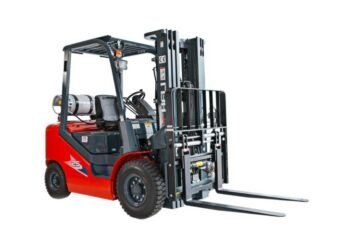Mead, often referred to as honey wine, is an alcoholic beverage created by fermenting honey with water and sometimes other ingredients like fruits or spices. This unique refreshment, sweetened with honey, can still be carbonated. This guide will help you add a bit of carbonation to your mead without investing in excessive elements.
The process involves yeast converting sugars into alcohol. This ancient drink can be sweet, dry, or anywhere in between, depending on the fermentation process and additional components used. If you’re wondering how to make carbonated mead, these straightforward guidelines can help you prepare a sparkling, tonic drink.
Ingredients and Supplies
First, gather your ingredients and supplies. You will need the basics: honey, water, yeast, and a fermenter. Besides, get a carboy or bucket, a hydrometer, bottling equipment, clover, sanitizer, and siphon tubing to transfer the liquid without disturbing the sediment.
Many food-grade containers would be ideal. These supplies are usually readily available at homebrew supply stores or online.
Preparing the Must
Begin with the essentials, which is the honey-water mixture. In a pot, mix three parts water to one part honey. Gently heat the mixture to dissolve the honey, but not too hot to kill the yeast. After mixing, let it cool to room temperature.
Adding Yeast
Once the must has cooled, adjust the temperature to pitch the yeast. Remember, the type of yeast can affect the flavor profile. So, choose an appropriate yeast based on your preferences. Scatter the yeast on top of the must and fold it through carefully to blend without incorporating too much air. Place a lid on the fermenter (or a cloth that allows the gases to escape).
Fermentation Process
Place the fermenter in a dark, cool spot and let the fermentation begin. This process can take one to three weeks. During this time, the yeast will convert sugars into alcohol. Monitoring the process is important, ensuring the mixture doesn’t overheat. Consistent temperatures help maintain the quality of the mead.
Preparing for Bottling
Then, after fermentation, the following step would be bottling. Check if the mead is clear and does not have sediment in it before proceeding. One way you can do this is to extract the liquid from the top, leaving everything else behind. Ensure that your bottles are clean to avoid contamination. Filtration is an important step as it ensures the drink is free of bacteria and other contaminants.
Carbonation Method
Prior to bottling the mead, add measured sugar for the carbonation process. This will help ferment within the sealed bottles a second time, producing CO₂. The process’s pressure is what gives it the bubble. Be precise in your sugar measurements so you do not build up too much pressure, leading to pop bottles.
Bottling the Mead
After adding the sugar, fill all the mead bottles with some headroom in each. Cap the bottles tightly. Place them in a cool, dark location for one to two weeks. For the rest of this sedimentation period, check now and then for excessive pressure. The slight bulging of the bottle cap is, in fact, normal, a sign of the carbonation process.
Final Steps
Refrigerate the bottles after the carbonation period. Cooling helps the bubbles settle and brings out the drink’s flavor. Next, carefully unscrew the bottle so as not to overfill it. Finally, transfer to a glass to let the bubbles release the aroma and flavor from the mead.
Invite your friends over or relish by yourself, reaping the rewards of your labor.
Conclusion
Making carbonated mead at home without advanced equipment is absolutely possible. With a handful of essential ingredients and supplies, you can craft a pleasantly bubbly mead. Moreover, the process is quite straightforward, approachable, and fun. And with some tiptoeing and care, a lovely drink is waiting to be popped on the table and enjoyed.












